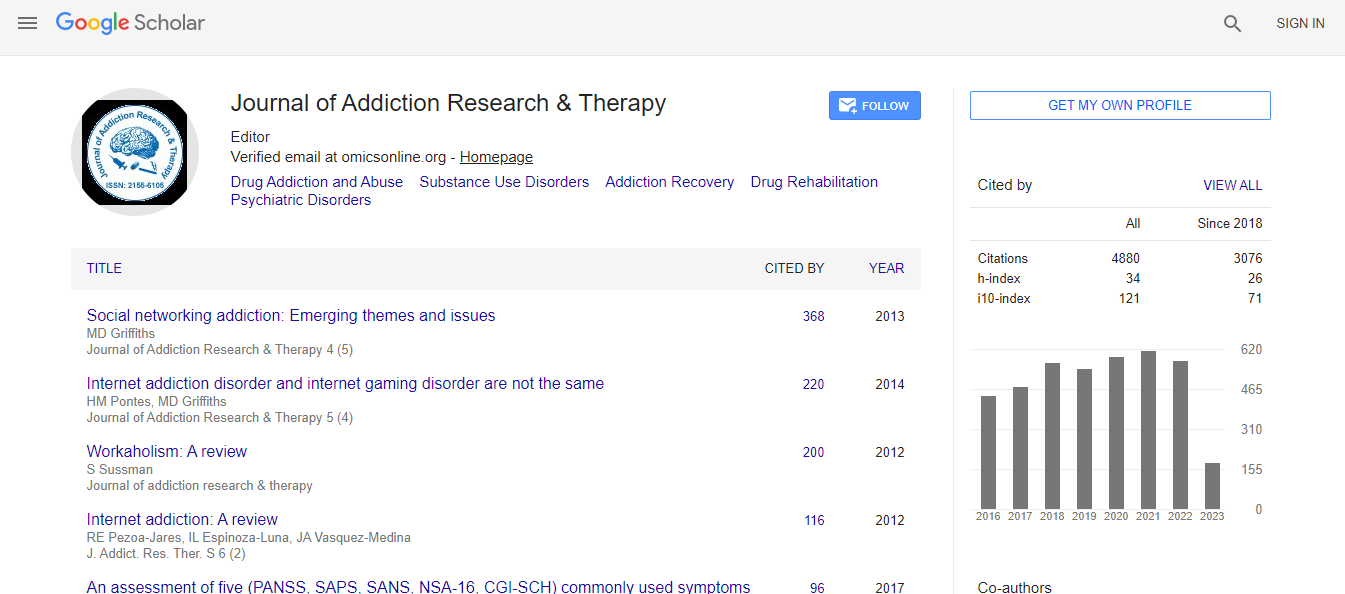Research Article
Subjective Effects of Thiopental in Young Adults with and without a Family History of Alcoholism
Ismene L Petrakis1,2*, Karin Kerfoot1,2,3, Brian Pittman1, Elizabeth Ralevski1,2, Albert Perrino1,2, Julia Koretski1,2, Jenelle Newcomb1,2, Diana Limoncelli1,2 and Gregory Acampora1,21NIAAA Center for the Translational Neuroscience of Alcoholism and Department of Psychiatry, Yale University School of Medicine, Connecticut, USA
2Department of Veterans Affairs, Alcohol Research Center, VA Connecticut Healthcare System, Connecticut, USA
3Department of Psychiatry, University of Western Ontario, Canada
- *Corresponding Author:
- Ismene Petrakis
West Haven Veterans Administration Medical Center #116-A
950 Campbell Avenue
West Haven, Connecticut 06516, USA
Tel: (203) 932-5711 x2244
Fax: (203) 937-3886
E-mail: ismene.petrakis@yale.edu
Received December 20, 2011; Accepted May 11, 2012; Published May 14, 2012
Citation: Petrakis IL, Kerfoot K, Pittman B, Ralevski E, Perrino A (2012) Subjective Effects of Thiopental in Young Adults with and without a Family History of Alcoholism. J Addict Res Ther S7:002. doi:10.4172/2155-6105.S7-002
Copyright: © 2012 Petrakis IL, et al. This is an open-access article distributed under the terms of the Creative Commons Attribution License, which permits unrestricted use, distribution, and reproduction in any medium, provided the original author and source are credited.
Abstract
Background: The development of alcohol use disorders is genetically influenced, and may be mediated through differences in the subjective response to alcohol. There is some evidence to suggest that response differences to alcohol could be conveyed by heritable differences in GABAA receptors. The purpose of this study was to investigate whether individuals with a family history positive (FHP) for alcohol dependence would experience alterations in response to the GABAA receptor agonist thiopental, in comparison to family history negative (FHN) subjects. Methods: 73 subjects (24 FHP and 49 FHN) between the ages of 21 and 30 years were administered subanesthetic doses of the GABAA receptor agonist thiopental and placebo on two separate test days. Various alcoholrelated measures were administered, including those examining subjective effects, coordination, and cognition. Results: Sub-anesthetic doses of thiopental produced alcohol-like subjective effects, as well as alcohol-like impaired coordination and cognition in healthy subjects. While there were no significant main effects in subjective, coordination, or cognitive effects between FHP and FHN individuals, analysis of peak effects suggested FHP had blunted sedative, but not stimulant effects compared to FHN. Conclusion: Thiopental produced alcohol-like effects and perceived similarities to alcohol in healthy individuals. Subtle differences in sedative effects are consistent with reports of blunted FHP response to the negative but not stimulant effects of alcohol. Future studies are needed to better understand how this insight informs our understanding of the heritable risk for alcoholism and the treatment of alcohol use disorders.

 Spanish
Spanish  Chinese
Chinese  Russian
Russian  German
German  French
French  Japanese
Japanese  Portuguese
Portuguese  Hindi
Hindi 
